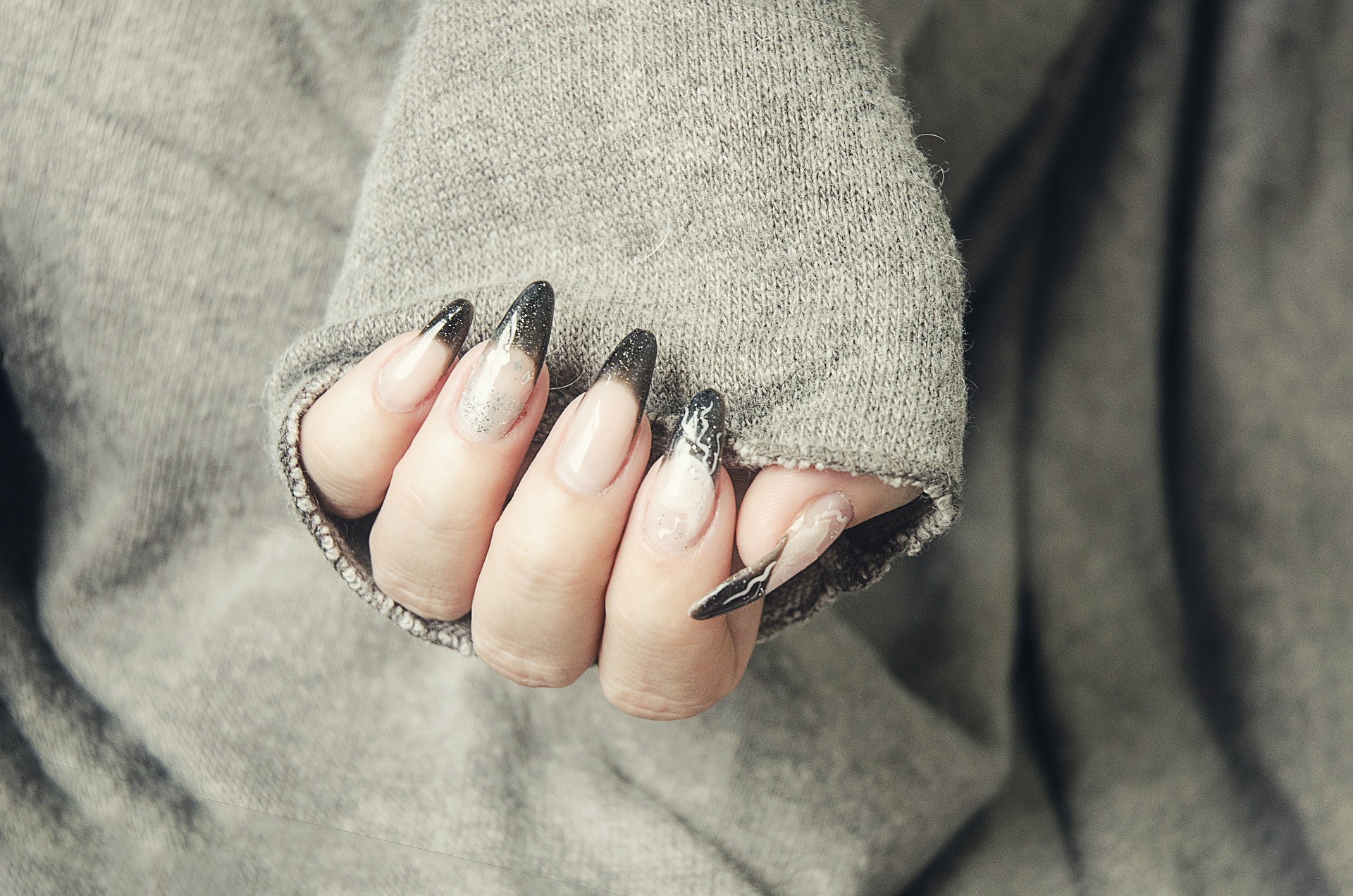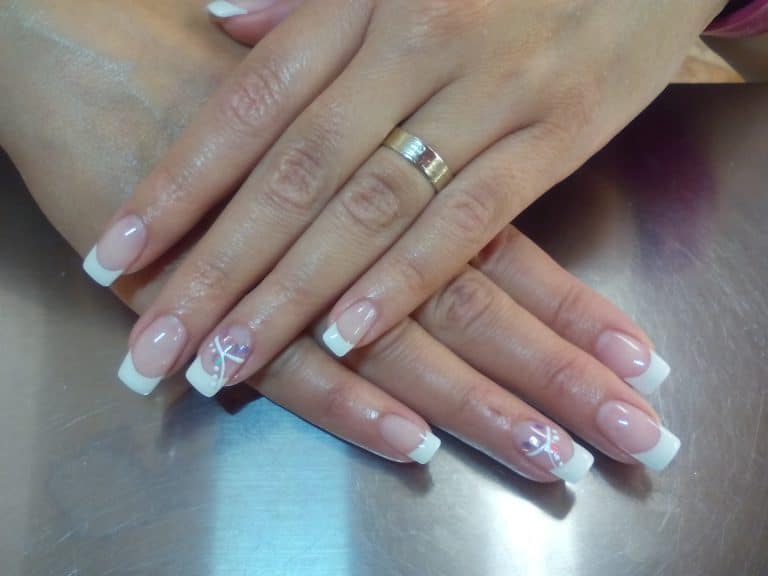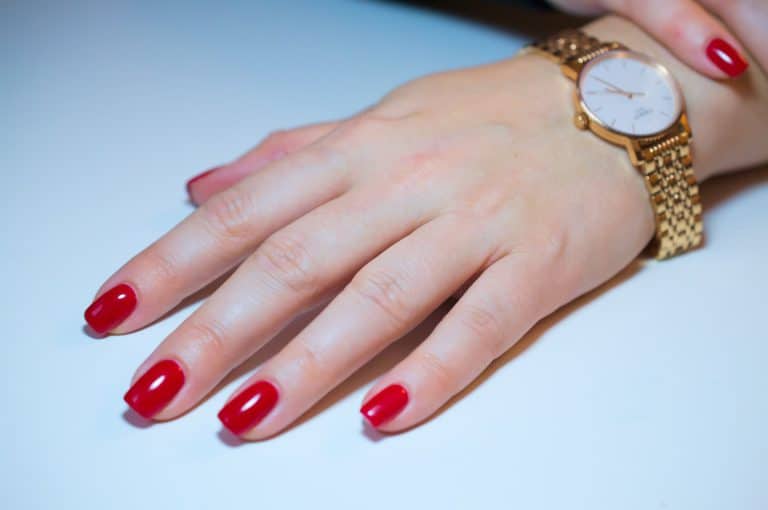Types of nail extensions

If your nails naturally fall on the short side, or you simply like the sleek, long-mani look, nail extensions are probably something you’ve either already tried or are strongly considering. With the beauty industry constantly evolving, it can be hard to keep up with the latest manicure trends. To help you stay in the loop, we’ve created a guide to the most popular nail extensions types out there. Take a look!
Table of Contents
What are nail extensions?
Nail extensions are a method of artificially adding length to your natural nail plate. They come in many different versions, from acrylics to gel nail extensions. Although they are composed of various chemical mixtures, they all have one thing in common–they allow you to gain the mani of your dreams! So what are your options here? Here are some of the most common nail extension types available!
Acrylic nail extensions
One of the most popular options, acrylic extensions, is typically created on a form placed over your natural nail or on a plastic nail tip. A mixture of a liquid monomer and a powder polymer, acrylic extensions don’t require a UV or LED lamp to cure, which cuts down the mani time. Another reason why these extensions are chosen so often is their durability. Acrylics will remain chip-free until your next visit to the nail salon.
BIAB extensions
BIAB, aka Builder In A Bottle, is a type of hard gel that, yes, comes in a bottle! However, the BIAB also features a thinner consistency, making the nail technician build up an apex to create a correct nail structure. This requires multiple thin layers, which means a time-consuming process. As it is odorless and easy to remove, it is often chosen as a way to secure a broken nail, correct chipped corners, or create short nail extensions.
Express extensions
What do we mean by express extensions? Well, the Aprés Gel-X Nail Extension System, of course! These revolutionary extensions are created by applying a soft gel to a pre-made tip which is then pressed onto the nail and cured under a UV light. The pre-made tips are available in many different shapes and sizes, thus giving you many options to choose from. And what is even better, the Gel-X Nail Extension System cuts the mani time in half!
Hard gel nail extensions
Thinner and more flexible than acrylics, hard gel nail extensions allow for a more natural look. Featuring a thick varnish consistency, these types of extensions are created with the help of a form or on top of plastic tips and then cured under a UV/LED lamp. Although they are available in many different colors, they are typically used to create a base over which a manicurist applies gel nail polish. Other pros of these types of extensions include self-leveling and being odorless. That said, hard gel extensions cannot be dissolved with acetone, meaning they require filing to be removed.
Polygel nail extensions
Polygel nail extensions, also known as acryl gel, are considered the perfect combination of acrylics and hard gel. Featuring a hypoallergenic and odorless formula, poly gel extensions are easy to create and shape, all while remaining strong and durable. A nail technician will sculpt them using forms, tips, or dual forms. Once this is done, they will need to be cured under a UV/LED lamp.
Fiberglass nail extensions
Fiberglass strands are an alternative to typical forms and plastic tips. They serve as a base that you apply to your nails with the help of a base coat. Once you’ve cut them to the desired length and placed them on your nails, you can build the extensions using hard gel. This method is often chosen by those looking to achieve a natural-looking effect. Although they are appreciated for their durability, many nail techs avoid this method, as it can be challenging to create the desired shape.
How long do nail extensions last?
How long your nail extensions last depends on a few factors. The first ones are maintenance and lifestyle. If you often expose your nails to harsh conditions, you risk breaking your extensions. The next factor is your nail growth cycle. For some people, nails grow faster, meaning the gap between the extensions and cuticles will appear sooner. Finally, the method you opt for and the materials used will also have an impact. That said, you can expect your nail extensions to last anywhere from two to four weeks.





